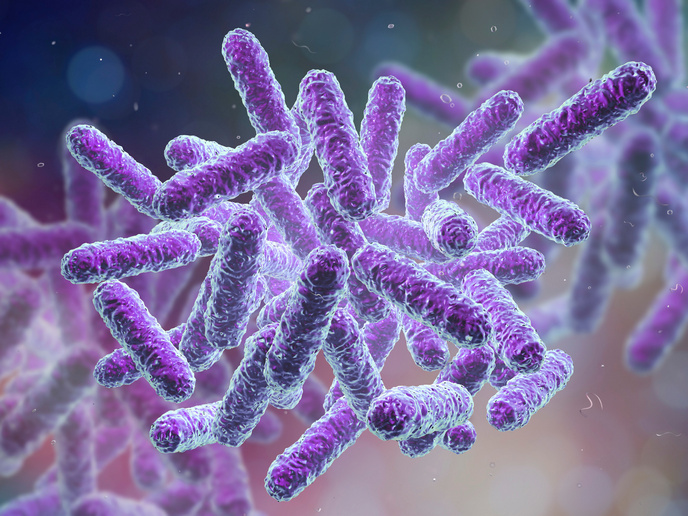Using DNA for self-assembly of molecular structures
Interactions among molecules or parts of molecules related to their electrical, magnetic or structural characteristics causes formation of new structures and new compounds. Think of the formation of water droplets on a piece of glass – no new compound is formed but a certain structure has been attained due to surface tension and electrostatic interactions among water molecules. DNA (deoxyribonucleic acid) is in fact a versatile building material when it comes to self-assembly. In two dimensions, DNA is like a ladder that can be ‘zipped’ and ‘unzipped’, with the rungs being bonds formed due to so-called complementary pairing based on its complex charge distribution and electrochemical interactions. Although still in its infancy, much experimental and theoretical research has been devoted to self-assembly using DNA sequences. Specifically, coating nano- or micro-sized colloids with polymers from which short single-stranded (one side of the ladder) DNA sequences protrude can cause formation of three-dimensional (3D) colloidal networks when these ‘sticky ends’ bind to other colloids carrying the complementary ‘sticky end’ sequence. However, lack of detailed understanding of the thermodynamics and kinetics of DNA-mediated self-assembly has limited the control of the process and thus the products produced. The ‘Self-assembly of DNA-coated colloidal particles’ (DNAColloids) project was designed to address these limitations with innovative algorithms for theoretical modelling based on experimental conditions. The researchers developed a mathematical DNA model adequately capturing electrostatic interactions of the DNA backbone. They simplified it to be computationally useful by defining the minimum system parameters to capture the desired activity. They then developed Monte Carlo simulations to include modelling the specific binding between sticky ends. The modelling tools developed for the DNAColloids project allow prediction of properties of arbitrary DNA-coated colloidal systems. Furthermore, these tools enable computer-aided design of complex DNA-coated building blocks in general and are an important advance in the area of controlled self-assembly of complex structures.







